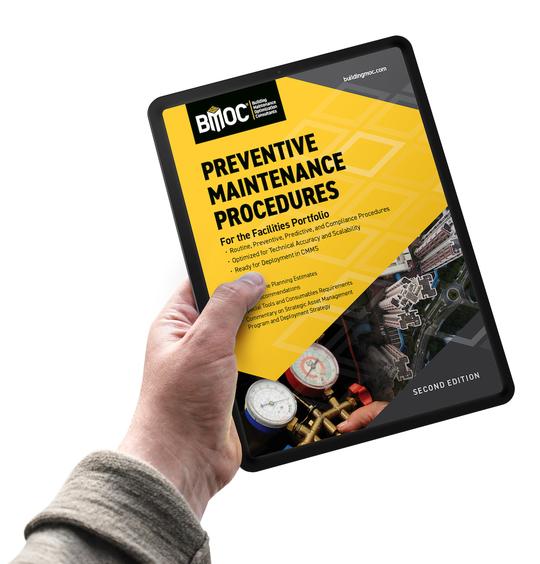WILL EQUIPMENT MANUFACTURERS IN THE ATC ARENA PLEASE FOLLOW ATC PROTOCOL?
For years, consulting engineers would blame the ATC contractor when systems did not operate as designed or as hoped. Blaming the ATC contractor seemed like an easy target, since the design engineer probably used the ATC firm's standard sequence of operation within their contract specification and abdicated the responsibility for the system to work to the ATC contractor in the construction phase.About 15 years ago, I had the opportunity to be responsible for an ATC D-B control group and learned the valuable lessons of building ATC shop drawing submittals. From this experience, I gained an appreciation for really good ATC submittals, and as a result, I'm concerned with what we are getting for control submittals today from equipment manufacturers who have entered the ATC business. Comparing today's new control vender performance vs. the traditional control companies, I have to say that those old-time single-source firms don't seem as bad as we perceived them just a few years ago when they dominated the ATC market.
With almost every piece of new equipment coming with its own computerized control packages today, the ATC contractor is just one of a few ATC contractors involved during the construction phase. Along with the traditional ATC contractor, a project may have a chiller ATC equipment manufacturer, a boiler ATC equipment manufacturer, and a central AHU ATC equipment manufacturer. No wonder commissioning is required when you can have four ATC contractors furnishing and installing the HVAC control systems.
So, is "more (ATC contractors) better"? Not at all, beginning with the ATC submittal process. While so many equipment manufacturers are championing BACnet® and LonMark®, the client is receiving "fair-to poor" ATC submittals and record documents from their multi-ATC installation.
Recently, I experienced this problem firsthand when the chiller/AHU manufacturer reluctantly submitted their ATC control submittal. With some haggling, the equipment manufacturer submitted an incomplete control system flow diagram, bill of materials, and sequence of operation, which was then rejected for incompleteness. We were still haggling with this vendor in the warranty phase as we pushed to get them to submit an as-built that reflected the installation.
My experience with equipment/ATC manufacturers at startup and software programming is that their technicians are not equipped to document ATC devices in a manner equal to or better than the traditional control contractor point-to-point check. I have observed a few of these new ATC providers go through their system checkout without a standardized checklist in-hand comparable to the old reliable ATC contractors' quality control checklist process. I've expressed my concern to those manufacturers responsible for documentation of the system startup. Unfortunately, in each case, the equipment/ATC technician on site didn't share my concern; they noted these control packages are "canned" software programs, so everything will be "OK."
WHEN THE CATALOG DOESN'T CUT IT
This is not the first time I have seen very limited ATC submittals produced by equipment manufacturers. I believe the core problem with these new ATC contractors is their failure to follow industry standards set previously by the old, reliable ATC contractors. From the equipment manufacturers' point of view, they referenced their standardized submittal control features and options in their equipment catalog. I'm told that all I have to do is read their equipment catalog and I can interpret what I think I will get for control options. Many of these manufacturers are not anticipating that they will be required to submit a comprehensive ATC submittal with system flow diagram, detailed bill of materials, and complete sequence of operation.But everything I needed to know was in their catalog, so isn't this OK? Speaking for the client, I would have to say, "I don't think so." What is OK are those industry standard ATC submittals with system flow diagrams; sequence of operations that note ancillary equipment and control devices by other trades; bill of materials; cut sheets associated with the bill of materials; and wiring diagrams.
So until equipment vendors begin to follow what I consider industry standard, automatic control process protocol, we will continue to receive fair-to-poor documentation. And, when it comes to submission of record ATC documents, right now you can be assured building owner will receives multiple and very different ATC record documents from the various ATC contractors on the job site.
For all of these new ATC contractors working hard to expand their business by venturing into this automatic temperature control business, just one request: please don't forget to follow ATC protocol.



